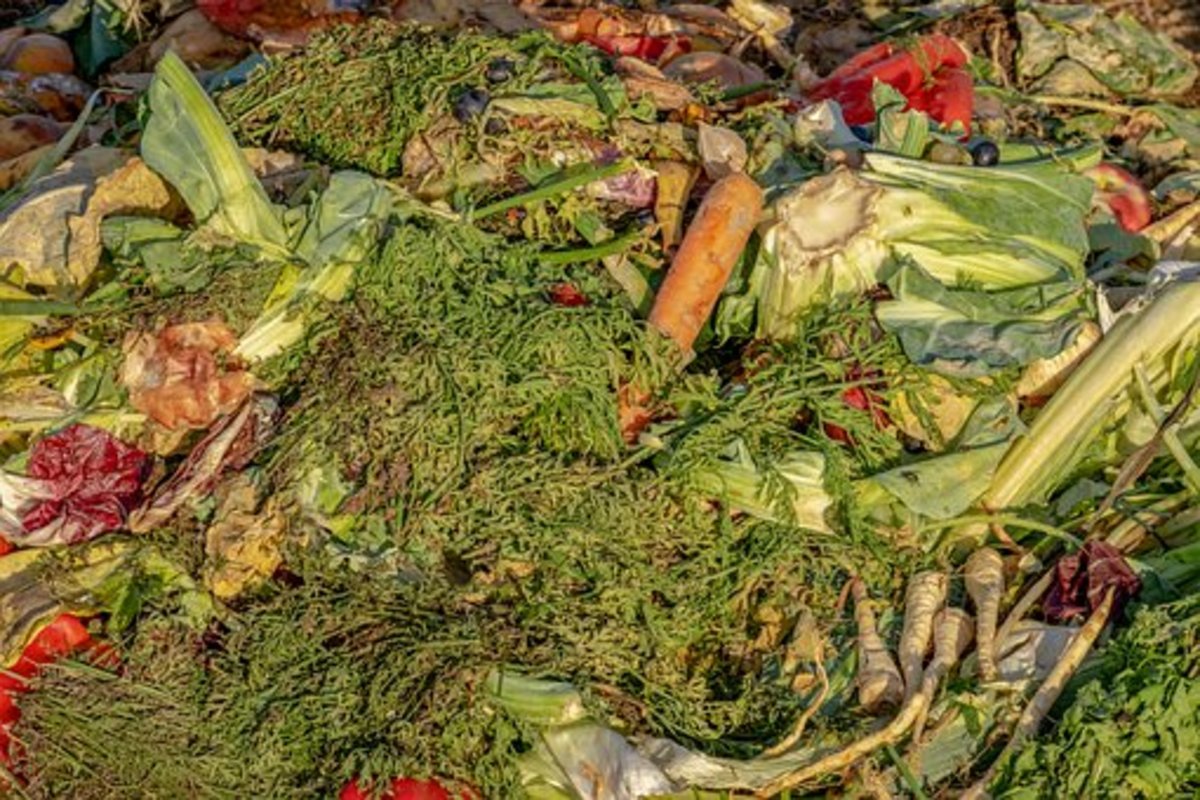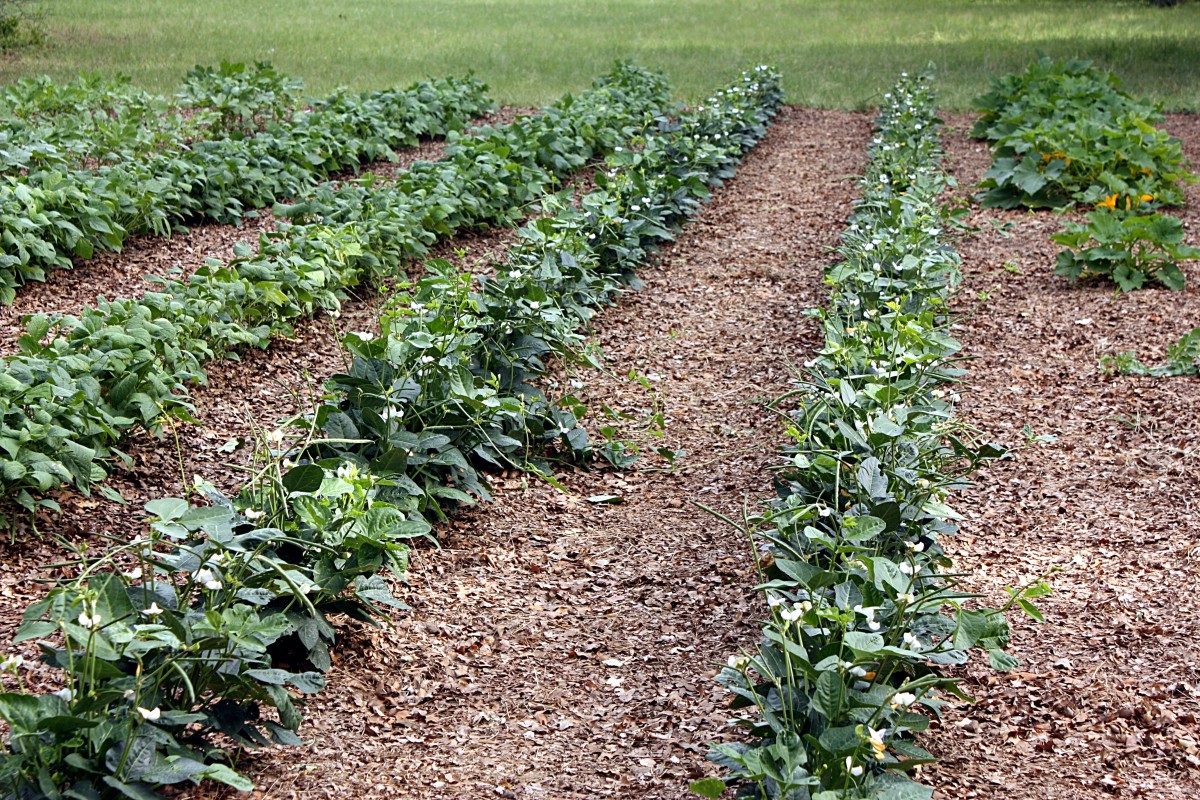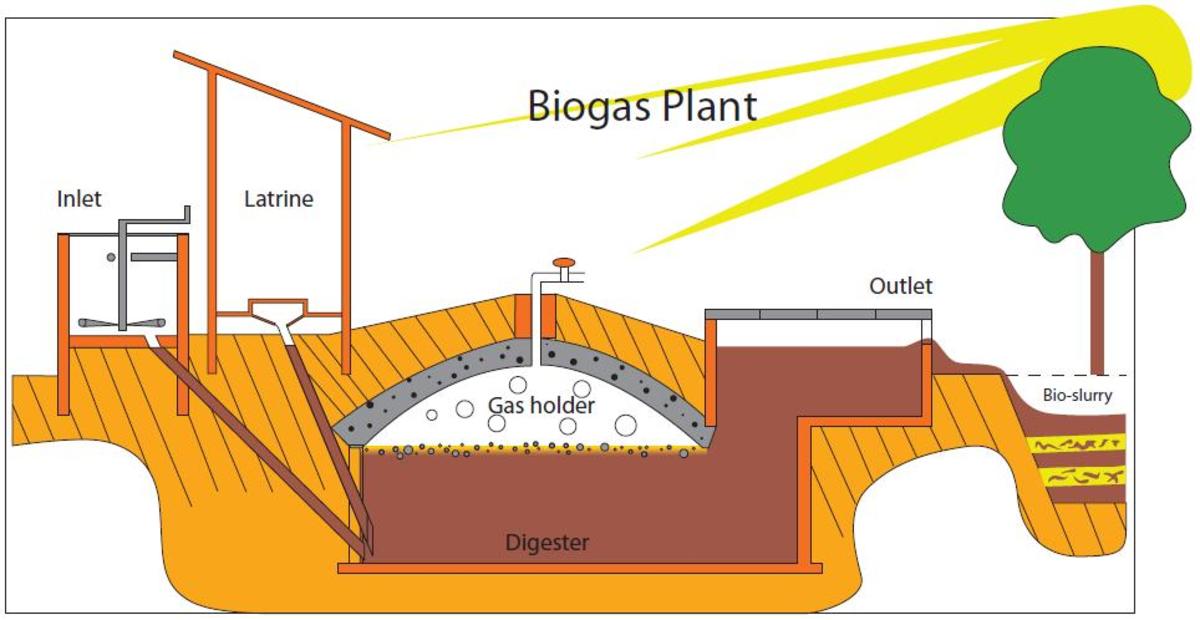How to Use Fertilizers and Composting to Make Your Garden Better
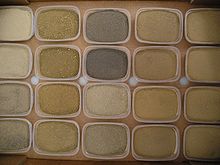
Gardening can be a very rewarding hobby, whether it be for fun, for profit, or maybe a little of both. Building up your soil is the first step in having a beautiful, productive garden. Poor soil can lead to weak plants which are much more susceptible to pests and disease. Knowing what your soil's structure is as well as what nutrients are prevalent or lacking in your garden are a big part of how your garden will perform. The pH level is also an important factor, most plants grow best between a 5-6.5 pH level.
The first part of understanding how your soil behaves is to know what soil structure you have. Soils are comprised of three basic types: sand, silt, and clay.
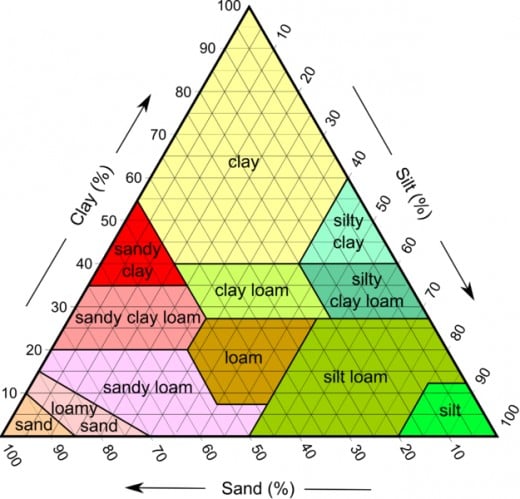
The percentages of sand, silt, and clay are what classify the soil type. The chart above shows how the percentages of the three combine to make different soil types. To figure out what kind of soil you have, follow the steps below:
- Spread a sample of your garden's soil on a piece of newspaper to dry. Make sure to remove and debris like roots, rocks, and trash. Crush and lumps of soil.
- Pulverize the soil once it's dry.
- Use a tall, narrow jar (canning jar) 1/4 of the way full of water.
- After the soil, finish filling the jar until it's about 3/4 full.
- Add a teaspoon of dish detergent that doesn't foam.
- Put the lid on tightly, and shake hard for 10-15 minutes.
- Put the jar in a place where it won't be disturbed.
- The soil types will settle according to size. After 1 minute: mark the jar where they sand has settled.
- After 2 hours, mark the depth of the silt.
- When the water is clear, mark the level of clay. This can take up to several days.
- Measure the thickness of the sand, silt, and clay. You'll need measurements for the sand, the silt, the clay, and a total height.
- Divide the layer your calculating by the overall height of the soil. For example: total clay/total thickness = % clay content.
- Once you've calculated all three percentages, you can figure out what kind of soil you have.
Knowing what kind of ground you have will make it possible to understand how well it drains or holds water as well as holding nutrients. Soils high in sand tend to drain faster while soils high in clay tend to hold water more. When figuring out the quality of your soil, you must also understand that organic material is important in holding nutrients for the plant.
Soils that drain quickly can leach away nutrients necessary for plant growth. Also, soils that hold water too well may become water logged. Water in these soils keep roots from being able to take in needed nutrients. Amending the soil is the best way to get the perfect balance. For sandier soils, use peat moss and topsoil to build organic content and aid in holding water. For soils that don't drain well, or are high in clay, you may want to add peat moss to increase organic content to increase drainage. Don't add sand to clay, as it will form a structure similar to concrete.
Once, you've amended your soil's texture and organic content, you can move on to checking pH and micro and macro-nutrient levels. Soil tests may be necessary to do this. Testing your soil's pH is the first step. If your soils pH is too high or too low, certain nutrients may not be made available to your plants, which is like not having them in the first place. If you find your soil pH is too high, you can add iron sulfate, aluminum sulfate, or organic materials like sphagnum peat moss or manure. If soil pH is too low, you can use hydrated or agricultural lime as well as wood ash to raise the pH level. They do make tests you can use at home which are inexpensive and very helpful in understanding problems you've had in years past or that you may have in the future. Micro-nutrients are nutrients like iron, cobalt, magnesium, and zinc which are needed in small doses for your plants to survive. Macro-nutrients are nutrients like nitrogen, potassium, and phosphorus that plants need higher amounts of to survive.
When looking at fertilizers in the store, you will often notice a number arranged like this: 10-10-10. This is the N-P-K system of rating fertilizer content. N stands for nitrogen, P stands for phosphorus, and K stands for potassium. If there is a fourth number, it will be the percentage of S, or sulfur. When you are testing your soil's nutrient levels, you may well find that certain nutrients are lacking in your soil. Knowing which one(s) will help you decide on the type of fertilizer you use. Bone meal is a good organic fertilizer that is high in nitrogen. Bone meal is an organic fertilizer that is higher in phosphorus.
When adding compost or manure to the soil, keep in mind the properties of them. Composted manure will be lower in nitrogen than raw manure. However, composted manure will have higher level of phosphorus and potassium. When adding amendments to the soil, keep in mind that they decompose at different rates, grass clippings and manure are the fastest, breaking down in a few weeks. Composts can take up to six months to break down, and wood chips, bark and peat can take years to break down. It's important to note that woody materials tend to tie up nitrogen in the decomposition process, so if your soil is low in nitrogen, it may be best to stay away from these.
Knowing your soil type, your pH level, and your soils macro and micro-nutrient deficiencies will allow you to make amendments before they affect your garden. Happy gardening!
- 12 Easy to Grow Veggies for the New Gardener
Want to start gardening but don't know what to grow? Here are twelve easy to grow veggies to start with. - The Gardener's Guide to Pests
Properly identifying garden pests will make deciding on methods to rid them much easier. Not all pesticides or organic practices work on everything. Know what your up against. - Common Garden Diseases and How to Identify and Treat Them
Knowing what diseases can do to your crops and how to identify them is must-know for any gardener. - Poor Soil? Your Plants are Telling You the Story
Your plants show signs of nutrient deficiencies when they become an issue. Sometimes the nutrients aren't there, and sometimes they aren't available to the plant. This will give you a break down of what to look for and what causes the deficiency. - Harness the Power of Companion Plants
Some plants grow better together than others. Some can actually hinder others. Knowing what's what can optimize your garden's production.





